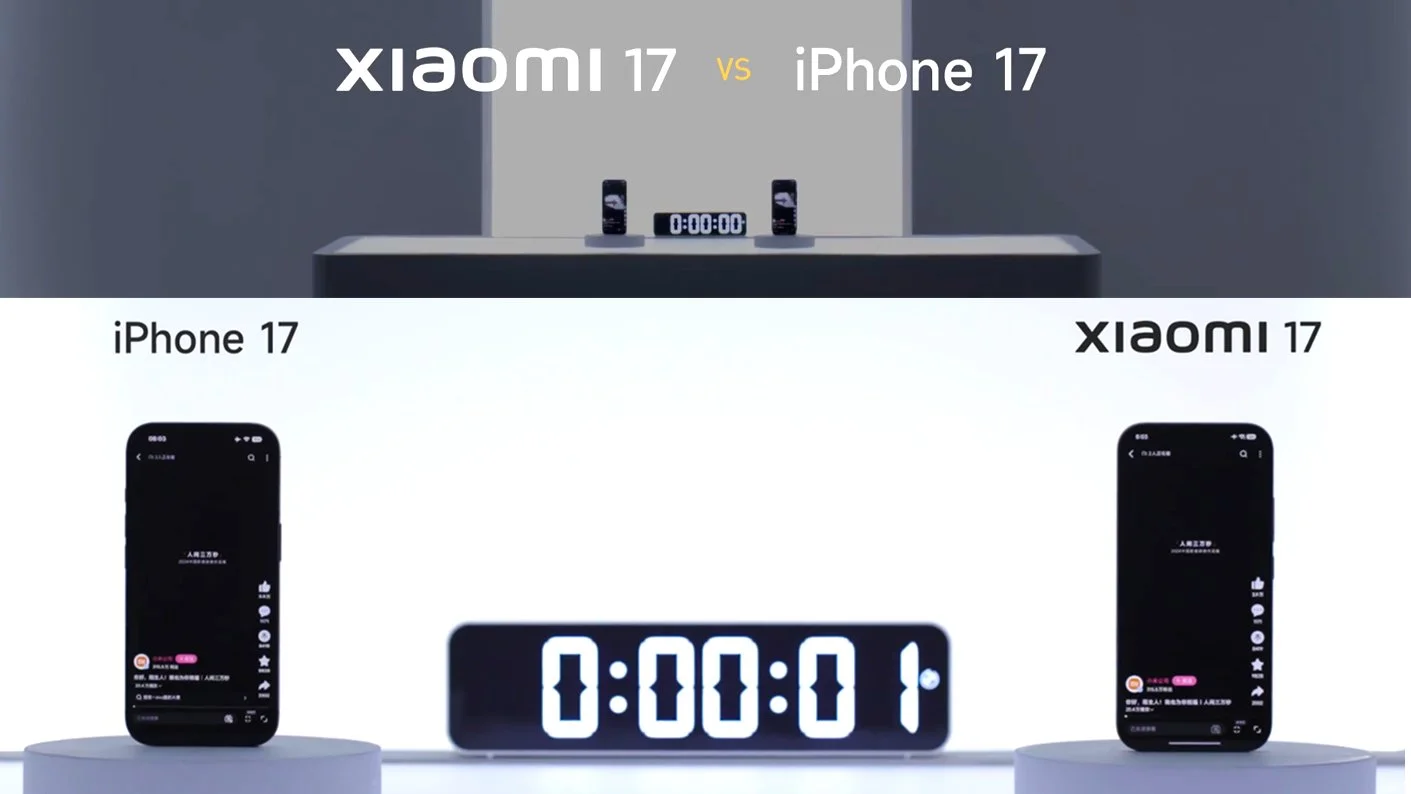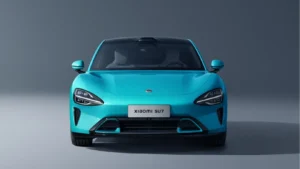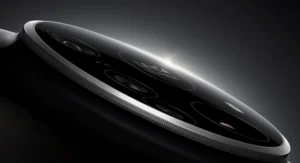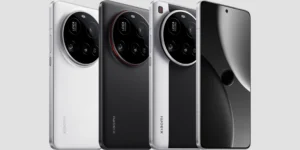Xiaomi 17 Battery: Real-World Drain Test & Comparison
Xiaomi 17 Battery Drain Test: Powerhouse or Just a Big Number?
In today’s world, our smartphones are practically glued to our hands, making battery life the ultimate holy grail for pretty much everyone. Enter the Xiaomi 17, which landed in September 2025, boasting some seriously bold promises. We’re talking a massive 7,000 mAh battery in the base version, and get this – up to a staggering 7,500 mAh for the Pro Max model! That blows competitors like the iPhone 17 Pro Max (4,823 mAh) and the Samsung Galaxy S25 Ultra (around 5,000 mAh) right out of the water. But does it really hold up in actual drain tests? We’ve been digging into independent reviews and online comparisons to see if this Chinese titan is truly redefining battery endurance or if it’s all just hot air.
The Weibo Smackdown: Xiaomi vs. Apple
Xiaomi wasn’t shy about hyping this up. In a pretty cheeky promotional video on Weibo, they went head-to-head with Apple, pitting the Xiaomi 17 against an iPhone 17 that was basically a Frankenstein’s monster of a phone, sporting an extra 5,000 mAh MagSafe power bank. The challenge? A social media app image loop test, with the screen brightness locked at 150 nits and in airplane mode. After a whopping 12 hours and 14 minutes, the souped-up iPhone finally gave up the ghost, while the Xiaomi 17 was still rocking a respectable 26% charge.

While this stunt certainly highlighted the massive capacity difference, it’s worth noting that it glossed over real-world efficiencies. Wireless charging from a power bank, for instance, can lose up to a third of its energy. So, while entertaining, the comparison was a tad… well, let’s just say it wasn’t exactly apples to apples.
Putting It to the Real Test: Beyond the Hype
For more serious juice-guzzling scenarios, we turn to more rigorous tests. TechDroider’s in-depth battery drain test painted a more nuanced picture. This exhaustive session involved:
- 3 hours of intense gaming (PUBG on max graphics)
- 3 hours of YouTube playback
- 1.5 hours of web browsing
- 0.5 hours on Instagram
- Continuous 4K 60fps video recording until the device died.
In this marathon, the Xiaomi 17 Pro Max managed an impressive 13 hours and 36 minutes. Pretty darn good, right? But here’s where things get interesting: the iPhone 17 Pro Max trailed very closely behind with 13 hours and 31 minutes, despite having a battery that’s 55% smaller! This is where the efficiency of iOS and Apple’s A19 chip truly shines. They kept the iPhone’s temperature at a cooler 43.1°C compared to the Xiaomi’s 47.6°C. This lower heat means less thermal throttling, which can really bog down phones running chips like the Snapdragon 8 Elite Gen 5.
How Does It Stack Up Against the Competition?
When we look at other flagships, the Xiaomi 17 is definitely a strong contender, but it’s not running away with the show.
- Samsung Galaxy S25 Ultra: With its optimized Exynos 2500 chip, it clocked in 11 hours and 20 minutes. It fell a bit behind, likely due to its higher operating temperature (45°C).
- Google Pixel 10 Pro XL: This AI-focused device, powered by the Tensor G5, lasted 11 hours and 28 minutes. It excels in lighter tasks, with benchmarks suggesting up to 21 hours of browsing, but it shows its limits during heavy gaming.
- OnePlus 13: Sporting a battery size similar to the Samsung, it achieved 11 hours and 56 minutes, benefiting from OxygenOS’s smooth performance.
- Xiaomi 15 Pro (Previous Gen): Interestingly, the predecessor actually outlasted some of these newcomers with 12 hours and 31 minutes, showcasing the iterative improvements in HyperOS 3.
The Devil’s in the Details: User Experiences and Software
Now, let’s talk about what users are saying on forums like Reddit. Many point out that despite its massive battery capacity, the Xiaomi 17 seems to drain faster in partial tests. For example, in a mixed 2.5-hour session (browsing, video, gaming), it lost 34% of its charge, compared to the iPhone’s 40%. The catch? The Xiaomi used 2,550 mAh, while the iPhone used only 1,929 mAh.
Users often attribute this to HyperOS optimizations that are still a work in progress. Some feel it drains more power in standby mode than the previous MIUI. Plus, while the new silicon-carbon battery technology promises higher energy density, the real-world gains over traditional lithium-ion seem to be marginal at best.
So, Is It Worth Your Dough?
What does all this mean for you, the everyday user?
- For heavy gamers and multitaskers: The Xiaomi 17’s claimed up to 22.1 hours of usage is seriously appealing for those long days away from a power outlet.
- For pure efficiency: The iPhone 17 Pro Max seems to be the king in real-world scenarios, offering less heat and more consistent performance.
- For media buffs: The S25 Ultra shines in multimedia playback.
- For AI enthusiasts: The Pixel 10 Pro XL is your go-to for daily AI-driven tasks.
Ultimately, the Xiaomi 17 definitely pushes the envelope in terms of raw battery capacity. However, the true revolution might still be waiting on more polished software. Is it worth it? If you’re all about brute force battery life and are willing to overlook some software quirks, then yes. But if you’re looking for a more refined and balanced experience, you might find yourself drawn to some of the other top-tier competitors. It’s a great leap forward, but there’s always room for more refinement.








1 thought on “Xiaomi 17 Battery: Real-World Drain Test & Comparison”